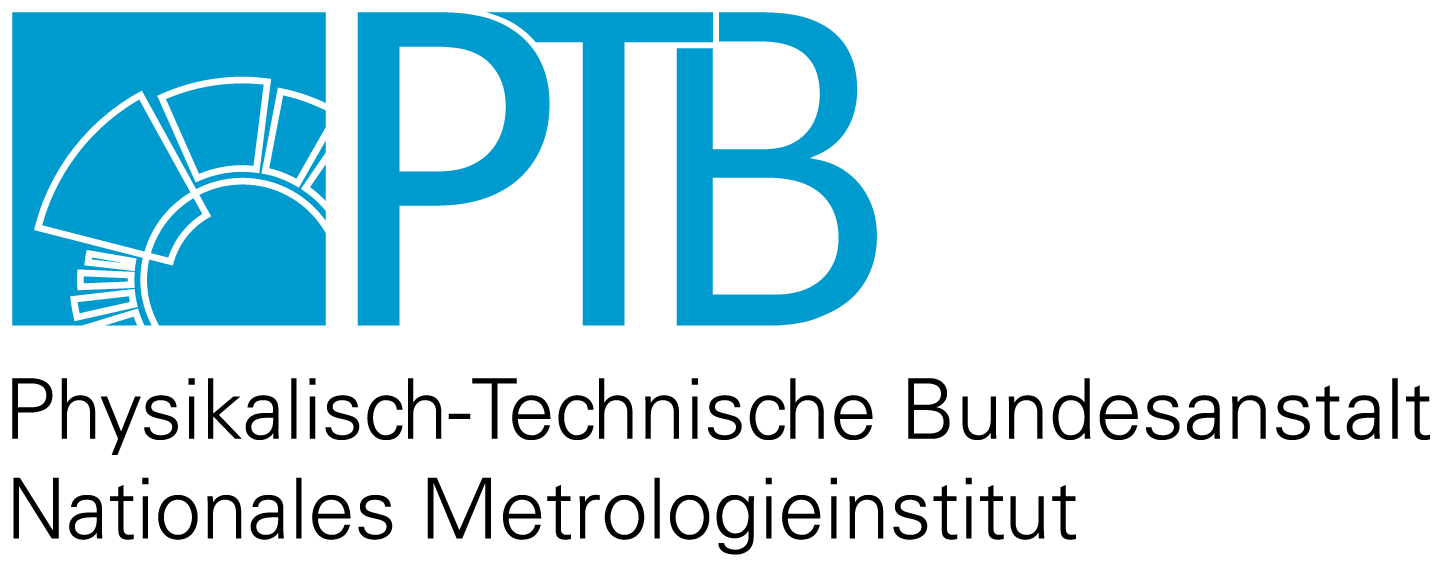| Titel: |
Titel:
To get to the point, Neural Network application to key-point detection in radiographs
|
| Autoren: |
Autoren:
Schott, Constantin Tilman, Paul-Gerhardt-Schule Dassel, Dassel
|
| Beitragende: |
Beitragende:
Editor: Physikalisch-Technische Bundesanstalt (PTB), ISNI: 0000 0001 2186 1887HostingInstitution: Physikalisch-Technische Bundesanstalt (PTB), ISNI: 0000 0001 2186 1887 |
| Seiten: |
Seiten:
16
|
| Sprachen: |
Sprachen:
en
|
| DOI: |
DOI:
10.7795/320.202106
|
| Art der Ressource: |
Art der Ressource:
PTB: Junge Wissenschaft,
DINI: Article,
DataCite: JournalArticle
|
| Verlag: |
Verlag:
Physikalisch-Technische Bundesanstalt (PTB)
|
| Rechte: |
Rechte:
Download for personal/private use only, if your national copyright law allows this kind of use.
|
| Beziehungen: |
Beziehungen:
IsPartOf: ISSN 3053-4933
|
| Datumsangaben: |
Datumsangaben:
Verfügbar:
2021-09-13
Angenommen: 2019-12-06 Eingereicht: 2019-10-06 |
| Datei: |
Datei:
Datei herunterladen
(application/pdf)
4.2 MB
MD5 Prüfsumme: 6e64c07aa9500ba6374094338387e449 SHA256 Prüfsumme: 368c6290d074b55dd543914c8d087631b600ff43d5ef003464cca86f14411f90 |
| Stichwörter: |
Stichwörter:
artificial intelligence ;
neural network ;
deep learning ;
key-point detection ;
convolutional neural network ;
cephalometry ;
machine learning ;
x-ray image ;
radiograph ;
automated analysis
|
| Zusammenfassung: |
Zusammenfassung:
Physicians have to locate so called key-points e.g. for surgical procedures. Up to now, this was always done manually. In order to automate this process, innovative software was developed that uses artificial intelligence (AI)combining a clipping-window approach with the newly developed prediction shifting. The program can predict the key-points with a high degree of accuracy—making the AI as precise as a physician.
|
| Information zur Reihe: |
Information zur Reihe:
Junge Wissenschaft. Paper 06/2021
|
| Anderes: |
Anderes:
In der Jungen Wissenschaft werden Forschungsarbeiten von Schüler/innen, die selbstständig, z.B. in einer Schule oder einem Schülerforschungszentrum, durchgeführt wurden, veröffentlicht.
|
| Zitat: |
Zitat:
Schott, Constantin Tilman. To get to the point. Neural Network application to key-point detection in radiographs. Physikalisch-Technische Bundesanstalt (PTB), 2021. Verfügbar unter: https://doi.org/10.7795/320.202106
|

-OAR
